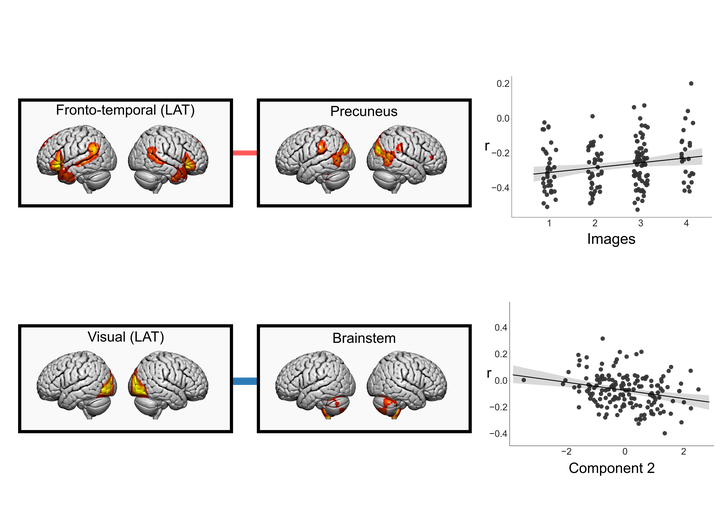Interactions between the neural correlates of dispositional internally directed thought and visual imagery

Abstract
Cognition is not always directed to the events in the here and now and we often self-generate thoughts and images in imagination. Important aspects of these self-generated experiences are associated with various dispositional traits. In this study, we explored whether these psychological associations relate to a common underlying neurocognitive mechanism. We acquired resting state functional magnetic resonance imaging data from a large cohort of participants and asked them to retrospectively report their experience during the scan. Participants also completed questionnaires reflecting a range of dispositional traits. We found thoughts emphasizing visual imagery at rest were associated with dispositional tendency towards internally directed attention (self-consciousness and attentional problems) and linked to a stronger correlation between a posterior parietal network and a lateral fronto-temporal network. Furthermore, decoupling between the brainstem and a lateral visual network was associated with dispositional internally directed attention. Critically, these brain–cognition associations were related: the correlation between parietal–frontal regions and reports of visual imagery was stronger for individuals with increased connectivity between brainstem and visual cortex. Our results highlight neural mechanisms linked to the dispositional basis for patterns of self-generated thought, and suggest that accounting for dispositional traits is important when exploring the neural substrates of self-generated experience (and vice versa).